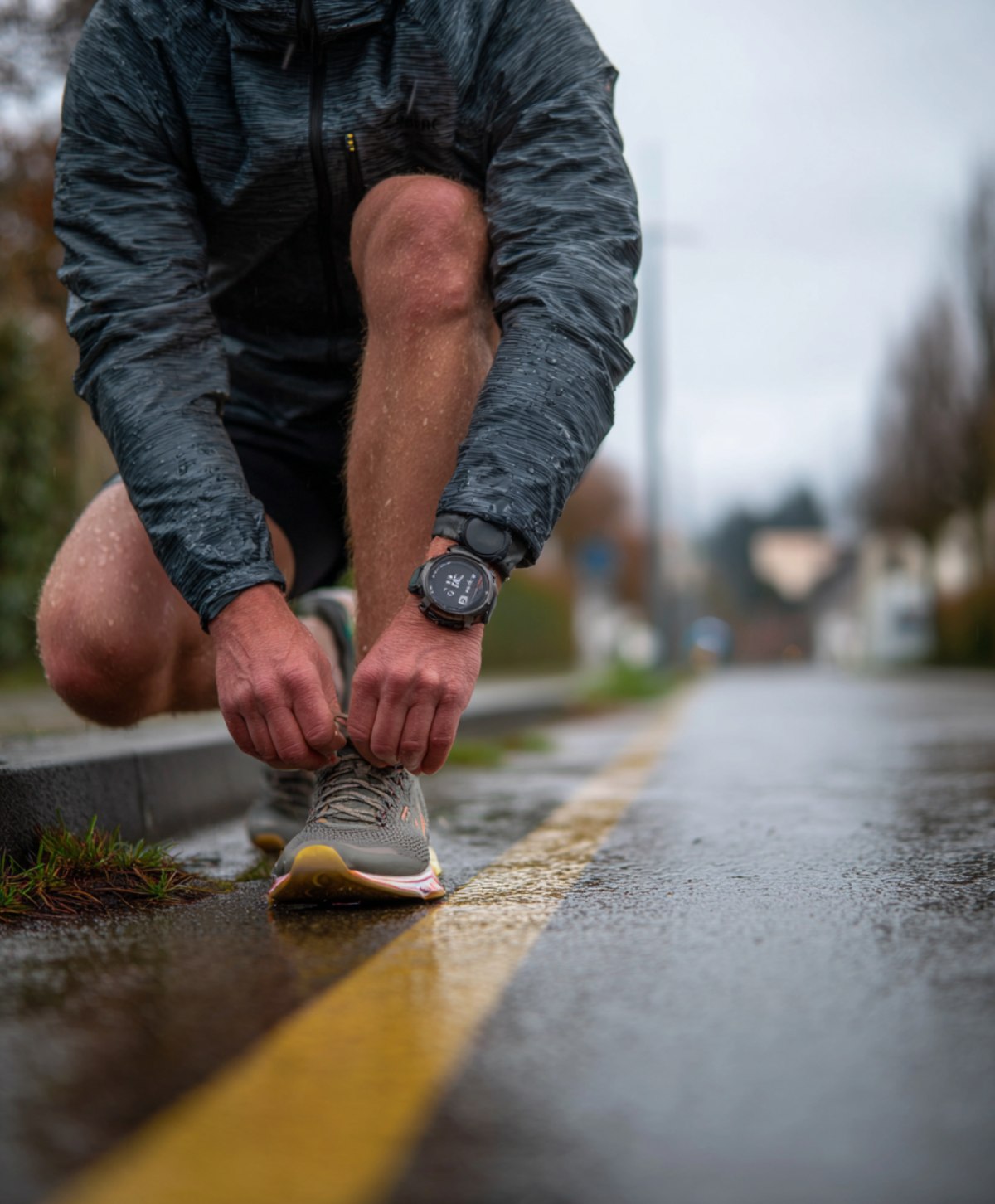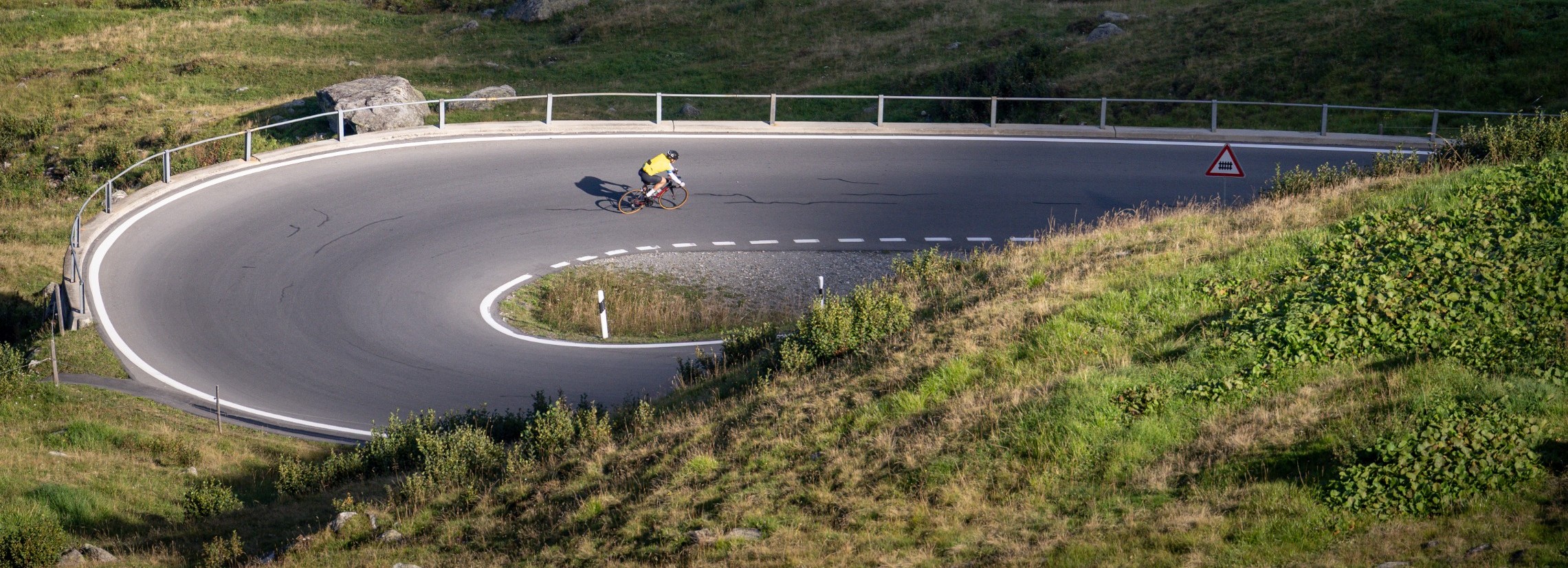The "perfect" fake ride (5/5)

Even sophisticated GPS manipulations leave behind digital fingerprints. These traces are often subtle, but systematically recognizable. Our mission at LaceUp is clear: to detect these fingerprints before they distort rankings or undermine the spirit of fair competition.
Focus on GPX quality instead of manipulation
In most cases, it's less about deliberate falsification and more about GPX quality: How precise is the position data? How stable is the sampling rate? How plausible are the speeds and accelerations?
That's why we will be combining machine learning with human verification in future. This will ensure that every journey is reliably evaluated - automatically, but with common sense where technology reaches its limits.
The team behind the project
The project is a true collaborative effort: scientific depth from ETH Zurich meets practical experience from hundreds of LaceUp events. Students such as Kevin Kosch and Nikolaus Rath have made key contributions as part of their bachelor theses, while Benedikt Soja, Matthias Aichinger-Rosenberger, Tobias W., Nico Schefer and Sebastian de Castelberg have driven the research, validation and implementation in the platform.
This combination of research and practice is the only way to create a system that is robust, comprehensible and fair.
How we beat the "perfect" fake ride
- Creating controlled fakes: We have deliberately constructed journeys that are confusingly similar to real data - to specifically challenge our recognition systems.
- Systematically analyze: We look for the finest patterns - such as implausible interpolations, acceleration profiles or metadata that do not fit together.
- Combining ML & humans: The algorithm evaluates automatically, reviewers check critical cases manually.
- Create transparency: If an activity is excluded, the participant receives a clear and understandable explanation.
What comes next
- Extension of the tests to include e-bikes, motor vehicles and new sports (running, orienteering, swimming, skiing)
- Recognition of so-called virtual athletes ("Strava Jockeys")
- Improving encryption and data integrity for GPS/GNSS
- Building a smarter and fairer future for digital sport
A look behind the scenes



Conclusion
Digital doping is real - but not invincible.
By understanding and simulating attacks ourselves, we learn how to recognize and prevent them. Fairness remains our compass: fun and participation take center stage, but quality control is essential today to ensure that every result reflects real performance.
Credits
Kevin KoschNikolaus RathBenedikt Soja, Matthias Aichinger-Rosenberger, Nico Schefer, Sebastian de Castelberg, Tobias W.



.jpg)

.jpg)

